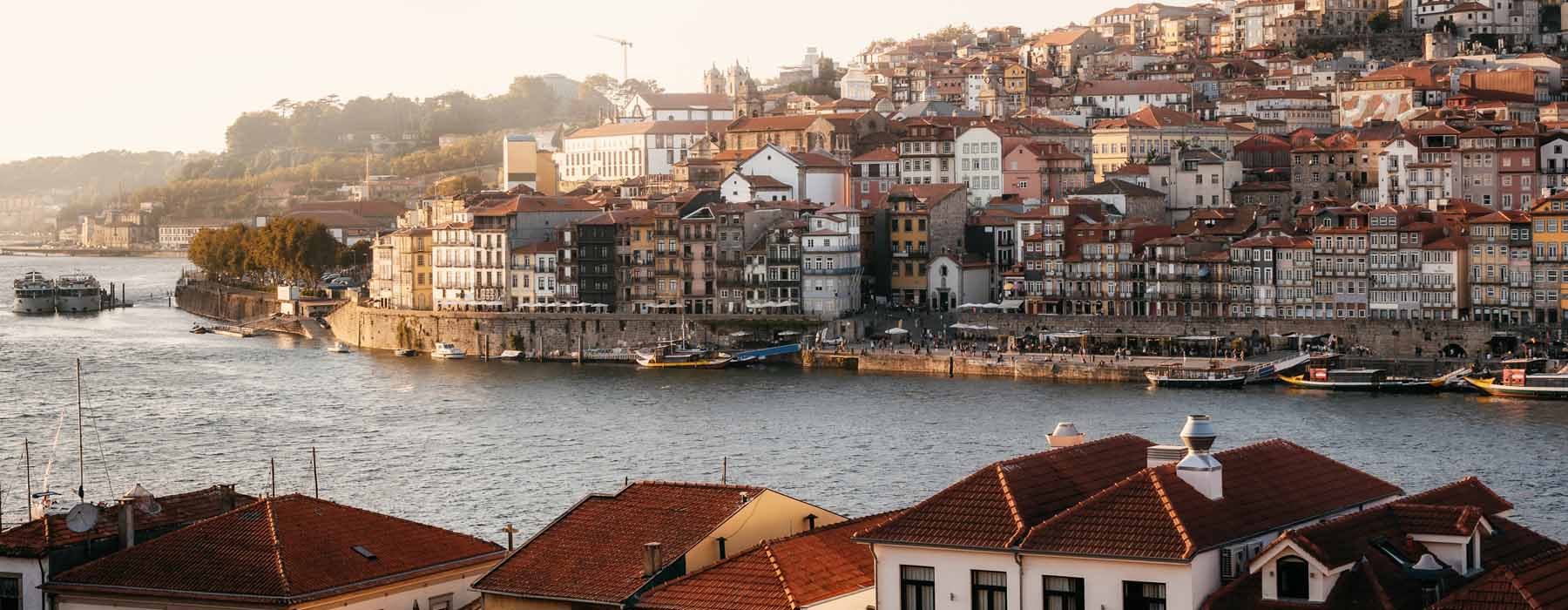January
February
March
April
May
June
July
August
September
October
November
December
Located on the Iberian Peninsula, Portugal benefits from the influence of the Atlantic Ocean and has a generally temperate climate which is milder and wetter on the coast. Depending on the distance from the coast, the variations in temperature may be greater. Inland, for example, winters are fairly harsh and summers can be sweltering. The country extends a long way from the northern part (Braga, Vila Real, Viana do Castelo) down to the south and the gateway to the Mediterranean (Portimao, Faro), and as such the climate can vary depending on the latitude. This climate influences the temperature of the water, which is cool in the Atlantic (sometimes not ideal for swimming, even at the hottest times) and often more pleasant in the Algarve region, thanks to the Mediterranean influence, and better protection from the ocean wind. To help plan a trip and decide when the best time to visit Portugal is, here is some detailed information on the country's climate, and some tips to make the most of the Portuguese weather.
The Azores
The Azores have a subtropical and mild climate, strongly influenced by the Atlantic Ocean. The climate is therefore quite wet, but can vary greatly from day to day. Naturally, the hottest temperatures are in summer (maximum average of 25°C), while in winter temperatures are around 14°C. In the Azores, it's not unheard of to experience four seasons in one day. This is especially true in spring or even autumn. It's a good idea to pack a light raincoat even in summer in case of light rain.
The Algarve
The coastline around Sotavento and the centre of the Algarve region have the highest temperatures in mainland Portugal, and even in the Iberian Peninsula. It is a hot, Mediterranean climate with a fairly long period of four to six months where rain is rare. This is particularly evident in July and August, with around 0.15 inches of recorded rainfall per month in Faro. The Algarve is one of the sunniest regions in Europe, and not far from the Canary Islands (Spain), where it often averages almost 2,800 hours of sunshine per year (compared with 3,000 hours in the Canary Islands). Snow lovers should be aware that snow is rare in this part of Portugal (snow last fell on the coast in 1954), but a few mountain ranges did get a covering in 2006.
The Alentejo
The Alentejo region has a temperate climate, with some continental and Mediterranean influences. In general, summers are hot and dry, and winters are cold and wet. The other seasons have pleasant temperatures, and moderate variations in temperature. This means that the Alentejo region is sunny in autumn and spring. The coldest months in the Alentejo region are December and January, with an average temperature of 6°C, far below summer peak of 30°C. Like the rest of Portugal, the influence of the sea means the coasts enjoy warmer temperatures than inland.
Lisbon
Portugal's capital was the starting point for many seafaring expeditions of the past, and was chosen for its climate and its easy-going way of life. The city is pleasant to visit at any time of year, and has a mild and wet oceanic climate. In both summer and winter, fresh air coming in off the Atlantic Ocean is pleasant and takes the edge off the temperature. May to October is hot and dry, but the climate is cooler, with periods of rain in winter. The maximum average temperature is 27°C-28°C in July and August, but it drops below 15°C in both December and January. There will be significant rainfall at this time of year, and even more generally from November to February.



